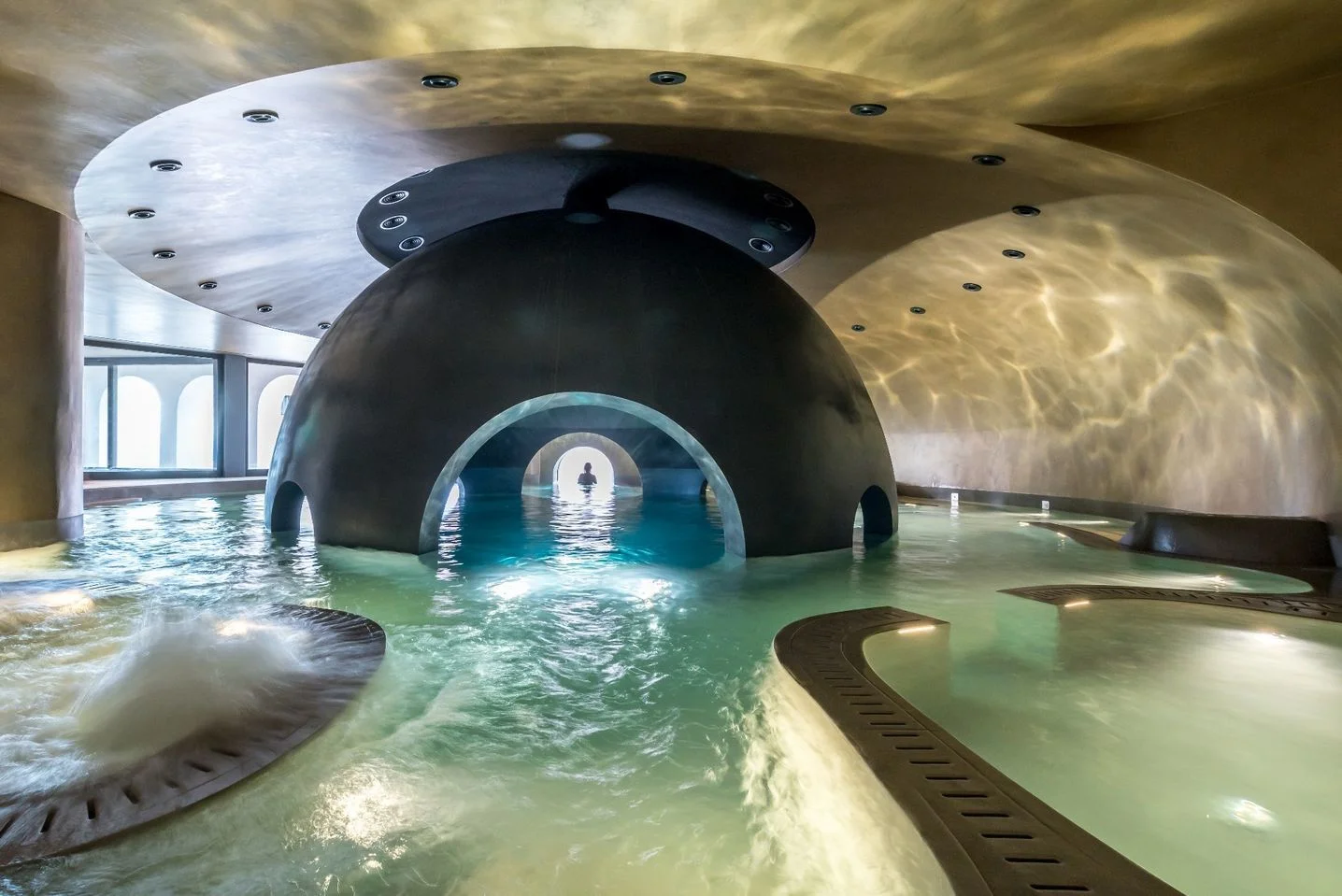Considering wellness is the new “black” and “well-thy” is now a status symbol among consumers, the market for wellness cannot be considered separate from leisure and luxury; a concept that has evolved from ownership to experiences that offer convenience, choice, value, and the ability to share with others.
The growth of these markets is evident in Australians spending far more on experiences, outpacing spending on either discretionary or basic needs consumption. Over $132 billion was spent on leisure and entertainment in the year to March 2017 - an increase of $16 billion per annum over the five years since March 2012, and far more than was spent on either discretionary commodities ($107b) or groceries ($103b).
The global wellness economy is booming too, growing 12.8% in the past two years to reach a market value of $4.2 trillion4, and is expected to continue accelerating by 17% until 2025. The wellness industry now represents 5.3% of global economic output.
“Wellness, for more people, is evolving from rarely to daily, from episodic to essential, from a luxury to a dominant lifestyle value. And that profound shift is driving powerful growth.” - Katherine Johnston, senior research fellow, Global Wellness Institute
Australia’s personal spending on health has mirrored this trend, reaching $28.6 billion in 2016, with an estimated $4 billion of this spent on alternative health therapies like spas, traditional Chinese medicine, mind-body exercise and nutrition. As the publics growing embrace of alternative therapies starts to meet traditional medicine in a meaningful way, further opportunities will continue opening up.
Comparing the spa industry with the tech industry, the spa world has moved slowly to respond to cultural influences and changing customer perceptions. Despite best efforts, much of what has been passed off as innovation in the rapidly expanding spa and wellness industry has been more about clever marketing and getting attention than it has been about true innovation, causing the current day spa model to become unsustainable.
There is an opportunity for a new model of day spa, that draws on its historical roots of social bathing, where it reaches a number of consumer segments across the wellness, leisure and luxury industry clusters, so as to become a highly desirable status “hangout”.
Where ever there is a problem there is an opportunity, which is why we have been working behind the scenes to create a new model of Spa that meets the problems head on and harnesses the opportunities with both hands.
Current offerings for wellness remain fragmented, with most players having a limited number of centres that offer disconnected programs, amenities, and itineraries.
Existing larger scale models are marketed on natural resources, operating in remote areas with low accessibility for frequent use.
Considered a luxury and perceived as too expensive by many people, even those with strong desire.
Oriented at the individual - a singular, rather than social experience - and many of the emerging social trends cannot be embraced.
Focused on beauty and pampering rather than wellness - Current models are built on telling people, even subtly, that they aren’t good enough.
Appeal to a limited demographic and audience - Only 25% of day spa goers are men (usually visiting with their partner).
Limited to traditional business opening hours and appointment times.
Massage accounts for 75% of treatments booked, yet day spa model is built upon
delivering beauty therapies, often delivering a poor experience bacause of the global shortage of quality therapists (spa/beauty therapists cannot deliver a quality remedial massage).
A typical day spa does not offer a enough value for a membership program and is capped according to the number of therapy rooms it has.
A wellness mindset is starting to permeate the global consumer consciousness, affecting people’s daily decision-making.
People are more willing than ever to pay for experiences that have the potential to transform the way they live, work, and play.
The understanding that beauty is more than “skin deep” is gradually seeping into the global consciousness.
Emerging trends in wellness are placing culture (the zeitgeist) at the heart of the experience.
Consumers crave something authentic and meaningful — an experience that is in some way transformative, resulting in the improvement of physical or emotional well- being.
Healthy over hangover: Consumers across the board are seeking transformational experiences, connection and community. They want to feel happy, healthy and fulfilled.
A growing Australian middle class presents a market opportunity to bring wellness services to an unserviced market. Millenials and younger generations are continuing to spend less money on buying things, and more on doing things.
Nearly 30% of the adult population is committed to green and healthy living, a market share that has almost doubled in the last four years.
Experience customers have come to expect a unified online and offline experience.
Research compiled by Sonja Sorich - Director of Spa Wellness Consulting and Emily King - PR Specialist
Emily King is a marketing specialist with extensive experience in the development and delivery of PR & marketing strategies, supported by strong leadership and project management. Emily has lived in the UK and Europe for five years where she discovered saunas, hammams and thermal spas as a form of relaxation while working in a very demanding role in fashion PR. She had also travelled to Japan many times and was drawn to the Onsen tradition for its relaxing, therapeutic and social benefits.
Returning to Australia in 2014 to be apart of the ‘ideas boom’, Emily has worked on the commercialisation of some of Australia’s most exciting local and international tech start-ups. Having a keen curiosity in innovative businesses, Emily brings a balance of critical thinking together with a personal interest in creative pursuits, lifestyle and culture. Well versed in trends and market opportunities, Emily brings a fresh and innovative approach to Spa Wellness projects.


